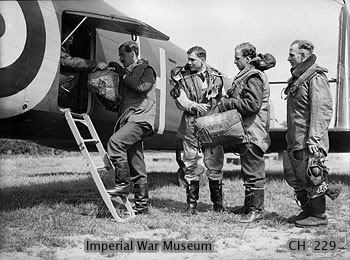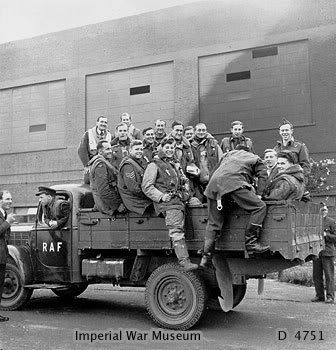- Messages
- 7,425
- Location
- METROPOLIS OF EUROPA
RM WILLIAMS
That's my hide cream of choice on the Irvin and vintage A-2.
That's my hide cream of choice on the Irvin and vintage A-2.
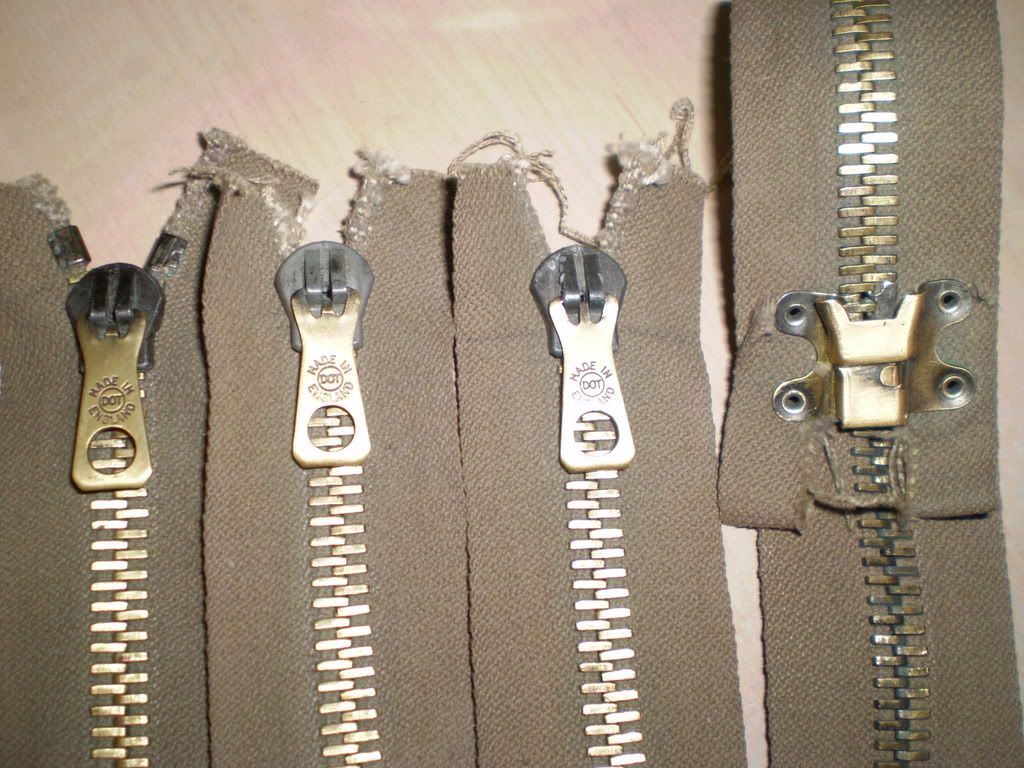
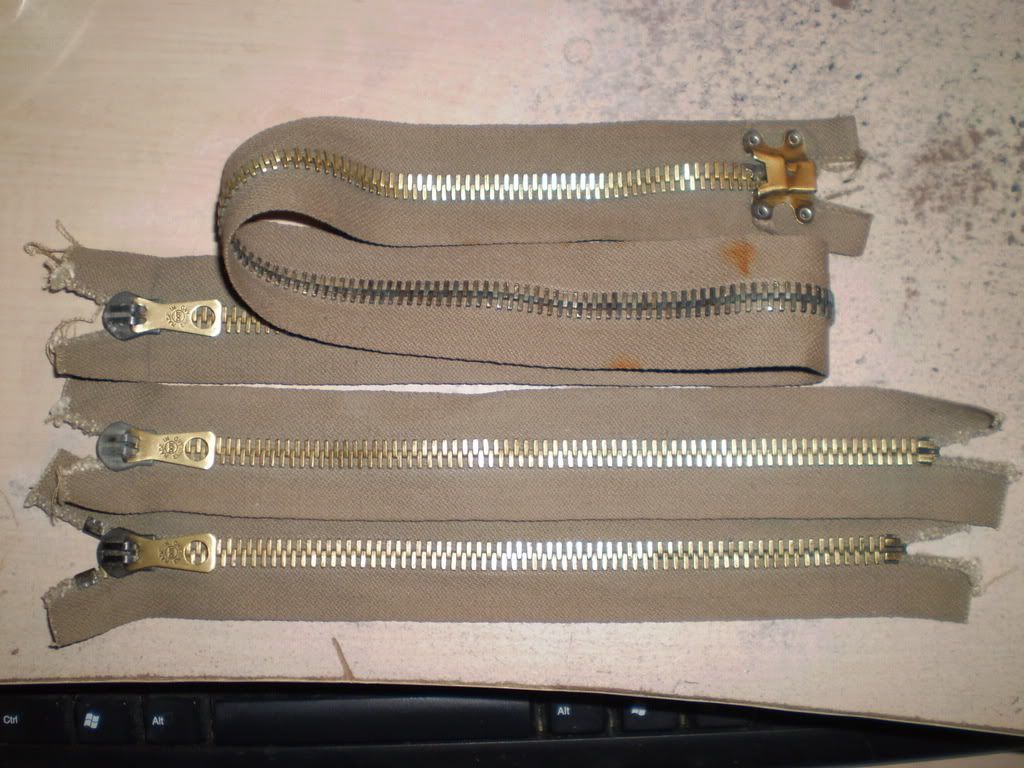
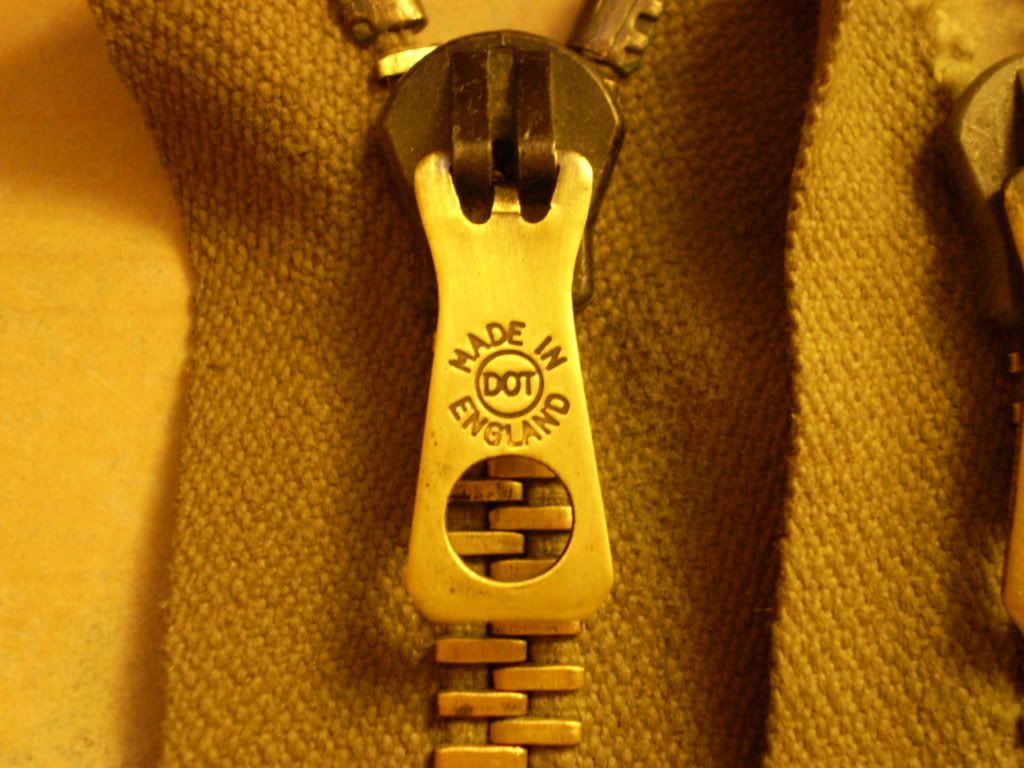

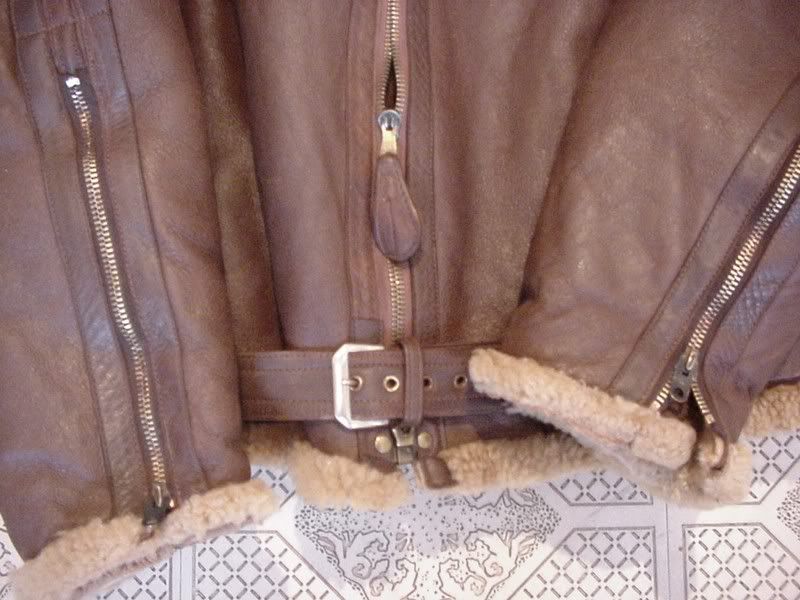
aswatland said:D.G.L. probably stood for D. Gamage London, a pre-war maker of motor cycle clothing and a wartime contractor for the Air Ministry. This is Alan's guess, but it may be the abbreviation for D. Lewis, another maker (became Lewis Leathers), but then there is the question of the G! D. Lewis certainly made RAF flying gear from the 30s onwards as there are many surviving adverts from Lewis.
Baron Kurtz said:Just to note that DGL is also the abbreviation of the General Directorate of Civil Aviation, a Dutch ministry. Irvins for Dutch air force consumption? No doubt way off beam, but more speculation into the mix is never bad.
bk
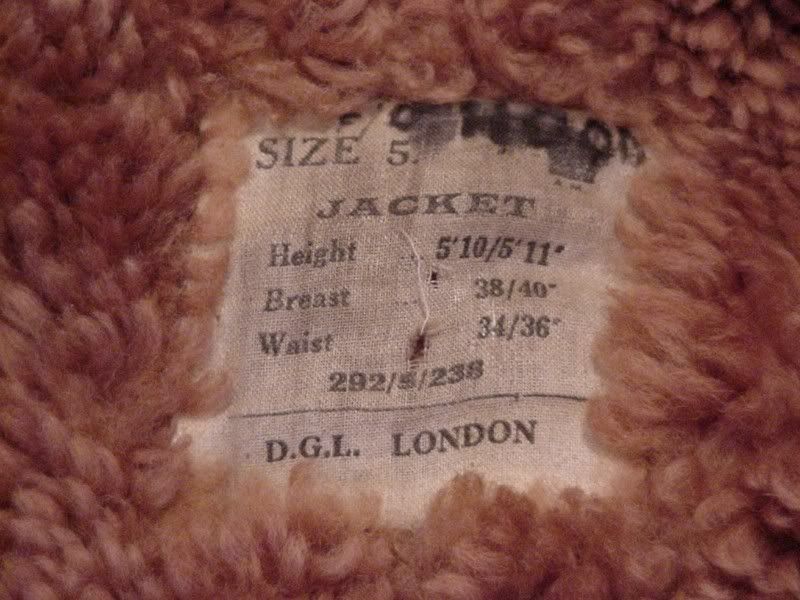
Baron Kurtz said:Does the contract number hold wisdom? Sorry, i'm not up on the deciphering of contract numbers. Is that 238 referring to 1938?
bk
Alan Eardley said:A visit to Kew would possibly remedy this...
It's not like a 1938 jacket so I think it unlikely that the contract number refers to this. More likely a special contract between AM (note the marks) and DGL (whoever they were). The suit (to anticipate Andrew's question) has the characteristics of the 1940-41 period.
Alan

 Alden 403 Moc Toe Boot - Brown Chromexcel - $680 The classic "Indy" style Alden Boot in the classic Horween brown Chromexcel.
Alden 403 Moc Toe Boot - Brown Chromexcel - $680 The classic "Indy" style Alden Boot in the classic Horween brown Chromexcel.  Grant Stone Diesel Boot Dark Olive Chromexcel - #395 Goodyear welted, Horween Chromexcel, classic good looks.
Grant Stone Diesel Boot Dark Olive Chromexcel - #395 Goodyear welted, Horween Chromexcel, classic good looks.  Himel Bros. - The Ross Mk. 1 Leather Jacket Classic D-pocket motorcycle/aviator style jacket.
Himel Bros. - The Ross Mk. 1 Leather Jacket Classic D-pocket motorcycle/aviator style jacket. Alan Eardley said:...although this thread refers to 'Irvin' specifically, the only items mentioned so far have been the sheepskin stuff. I'd like to put in a word for the Irvin Harnessuit.
OK, maybe not so many people 'love 'em' (title of thread) but you have to admit they were significant and interesting. There were three versions on general issue - one with fittings for a chest parachute, one for a seat patrachute and one with combined fittings, all with a standard 'Mae West' bladder. They were general issue to bomber crews in May 1940 and to some fighter crews (e.g. those in Defiants) later. I don't think Mr Prodger includes them in his book? They (and other items not in 'RAF Vs LW') are covered in 'The Royal Air Force 1939-1945' by Andrew Cormack, which I recommend. The similariity to the German 'bone bag' is worth noting.
Alan
